The capacity of the solar charge controller must be carefully selected to ensure the safe and efficient operation of the system. There are some basic factors to consider in this selection:
1. Solar Panel Capacity (Watt)
The total wattage of the solar panels affects the capacity of the charge controller. The charge controller must be able to manage the maximum power that the solar panels can produce.
Especially in MPPT charge controllers, the panel voltage is usually higher than the battery voltage. Therefore, the device must be capable of managing the maximum voltage and current that the panels can produce.
2. System Voltage (12V, 24V, 48V)
The charge controller must be compatible with the voltage used in the system (such as 12V, 24V, 48V). These voltages are common in solar systems and the charge controller must operate efficiently at these voltages.
The same solar panel group can be used at different voltages, so it is important that the charge controller can automatically detect the system voltage.
Sample Calculation:
If your solar panel system has the following features:
Power: 500W solar panel (2 250W panels)
Voltage: 12V system
Maximum current: 500W / 12V = 41.67A
In this case, the resulting value is rounded up to the next higher number to minimize risks. Thus, a charge controller with a capacity of 50A should be selected. This capacity will easily meet the maximum current load in the system.
By considering these criteria, you can choose the most suitable charge controller for your system and achieve energy efficiency in the long term.
 Havale/EFT ile %5 anında indirim!
Havale/EFT ile %5 anında indirim!
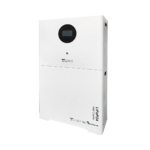
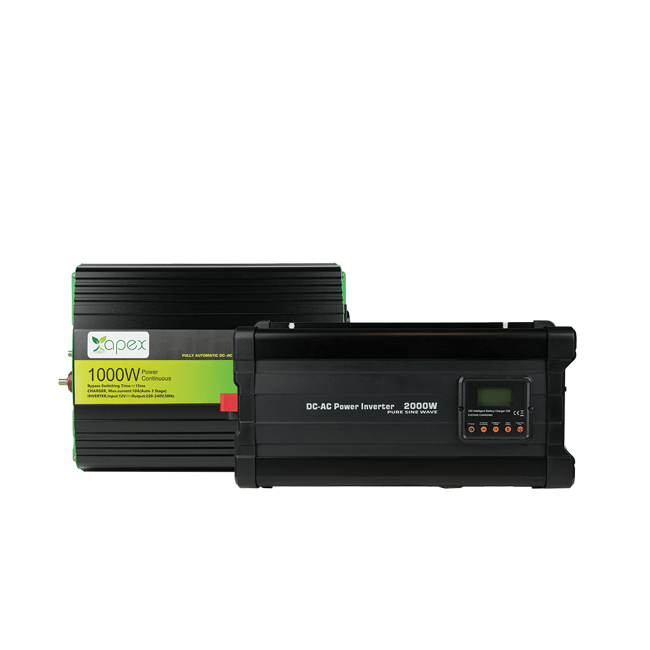
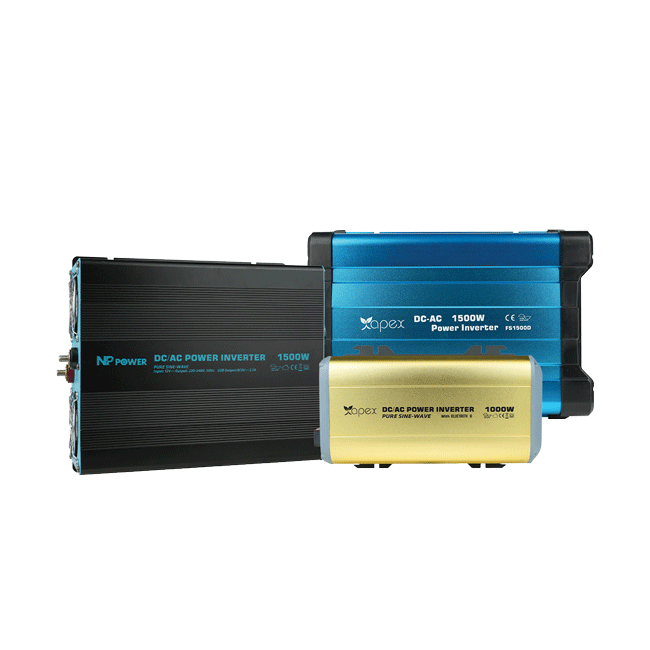
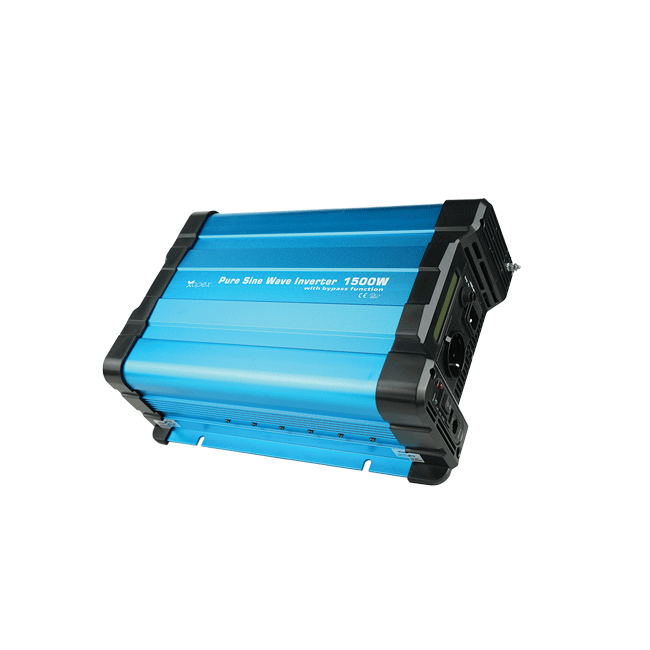
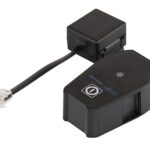
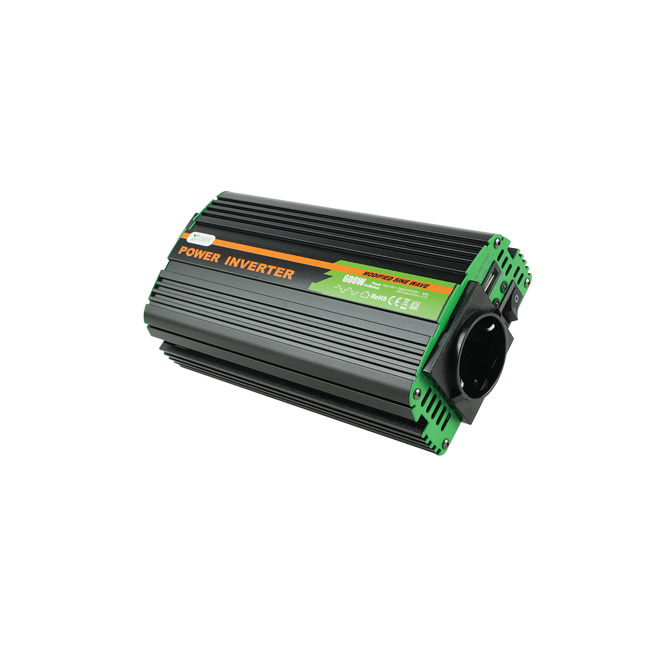
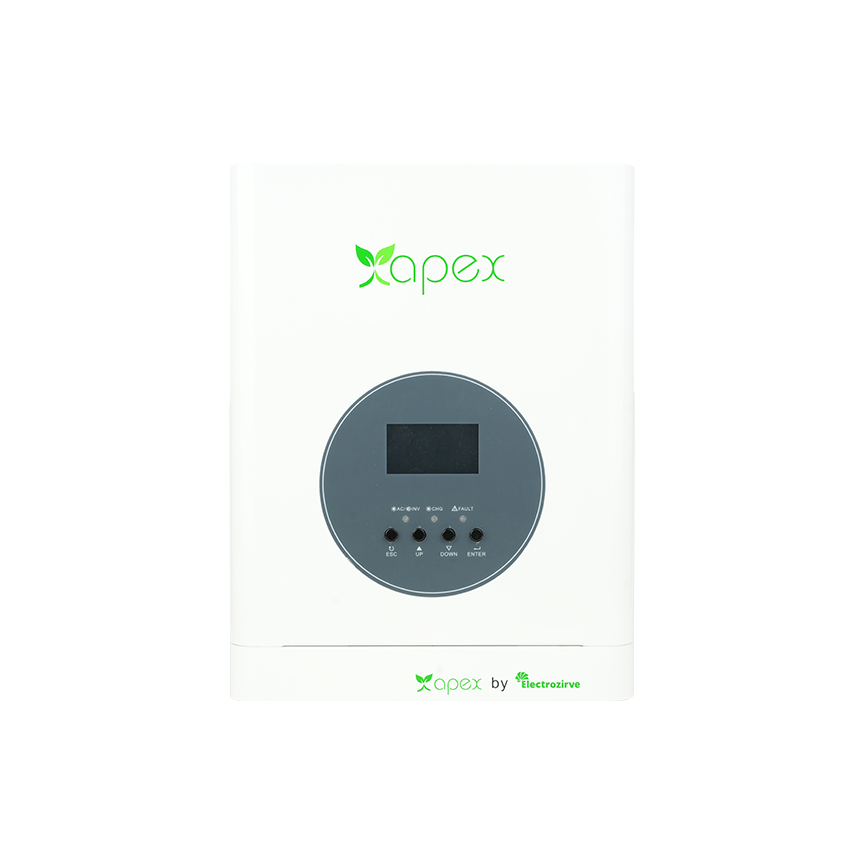
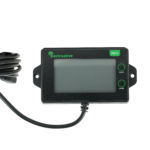
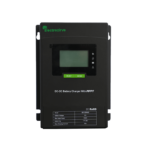
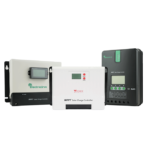
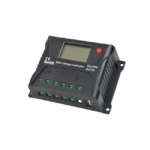
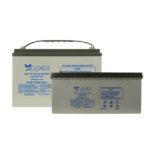

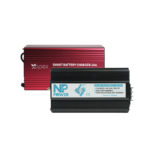
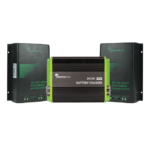

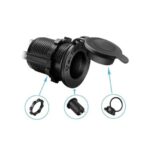

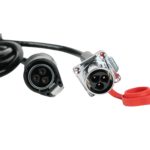
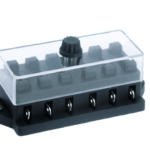
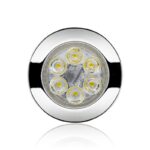

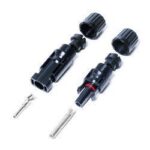
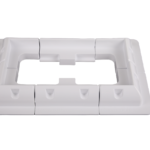
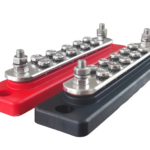
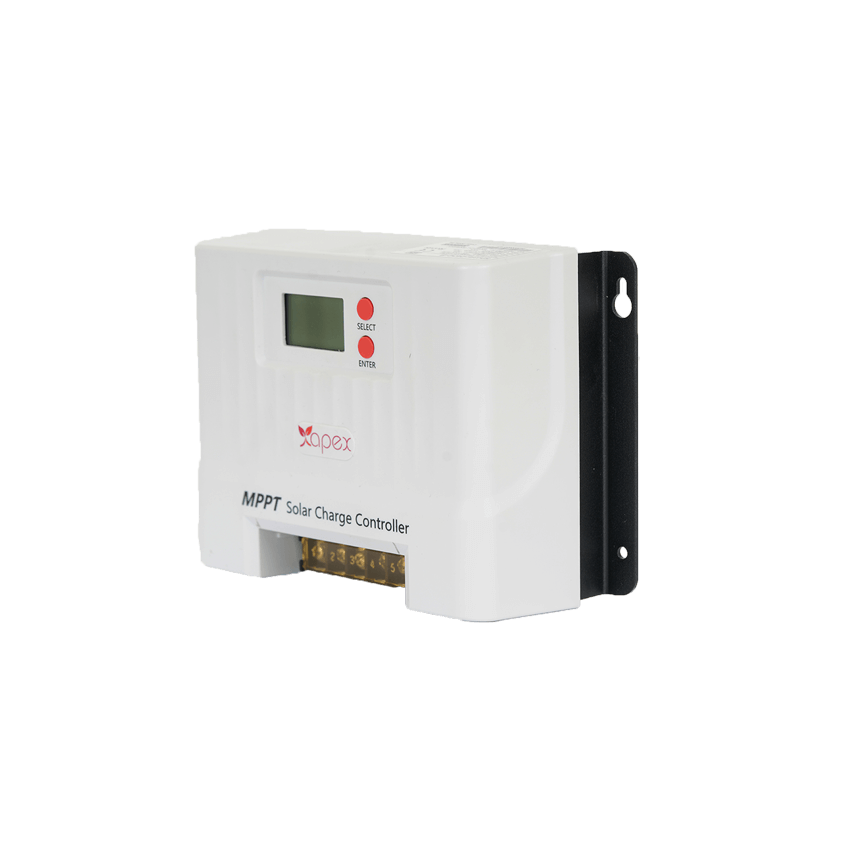
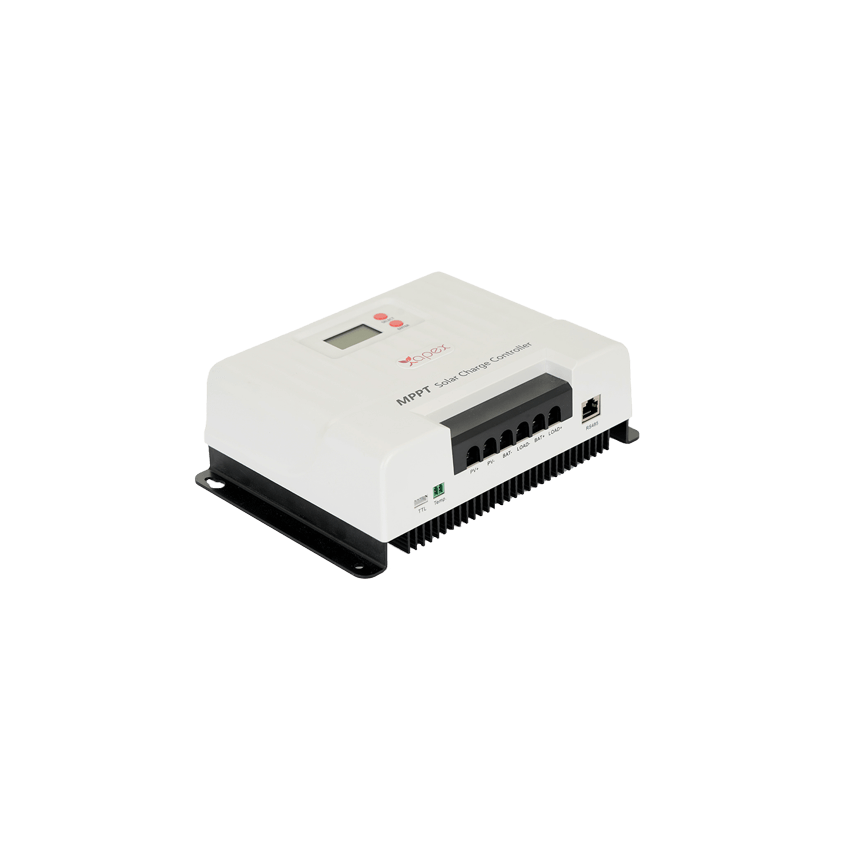
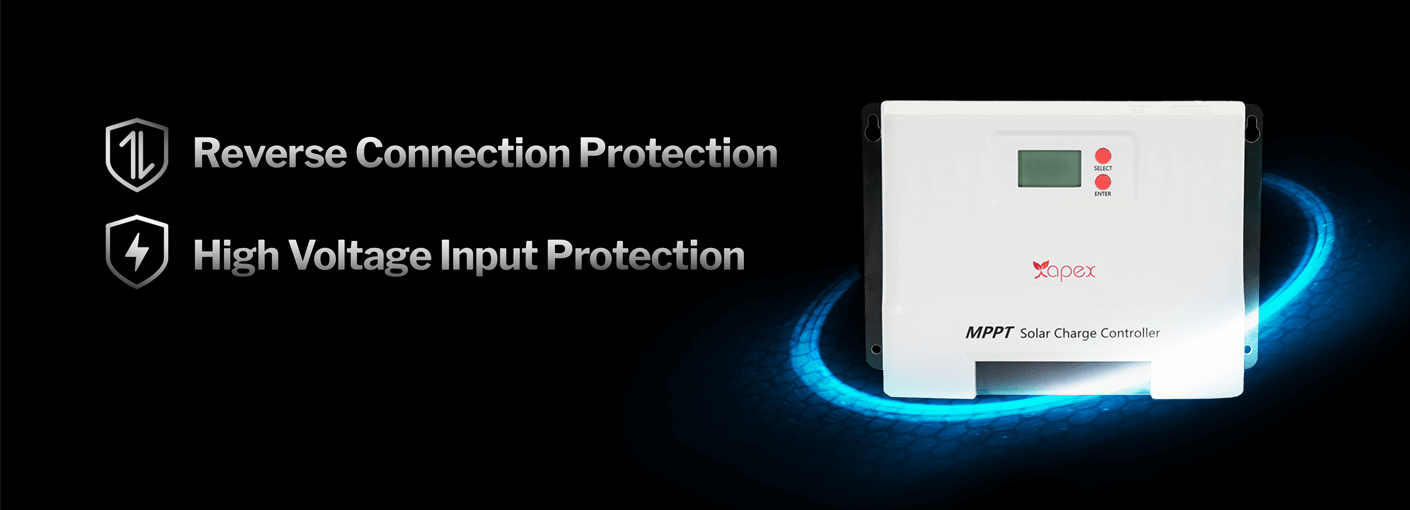






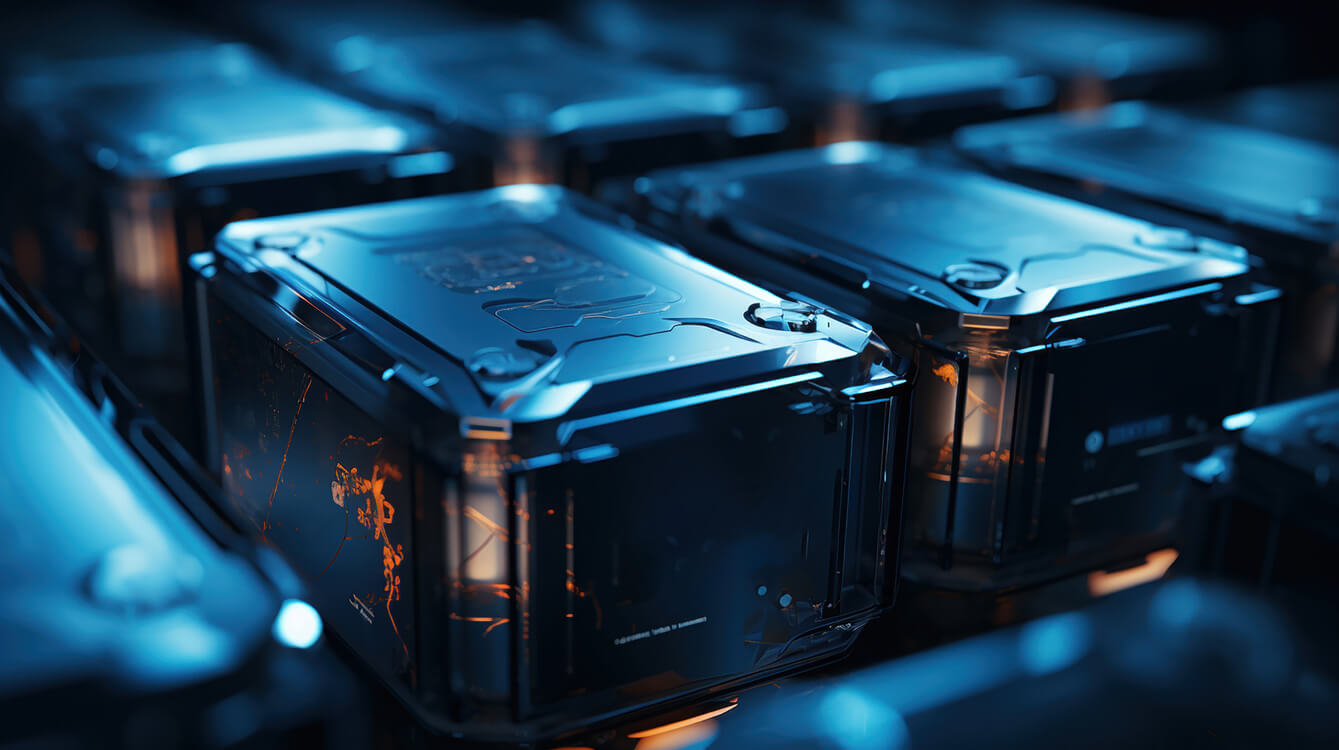



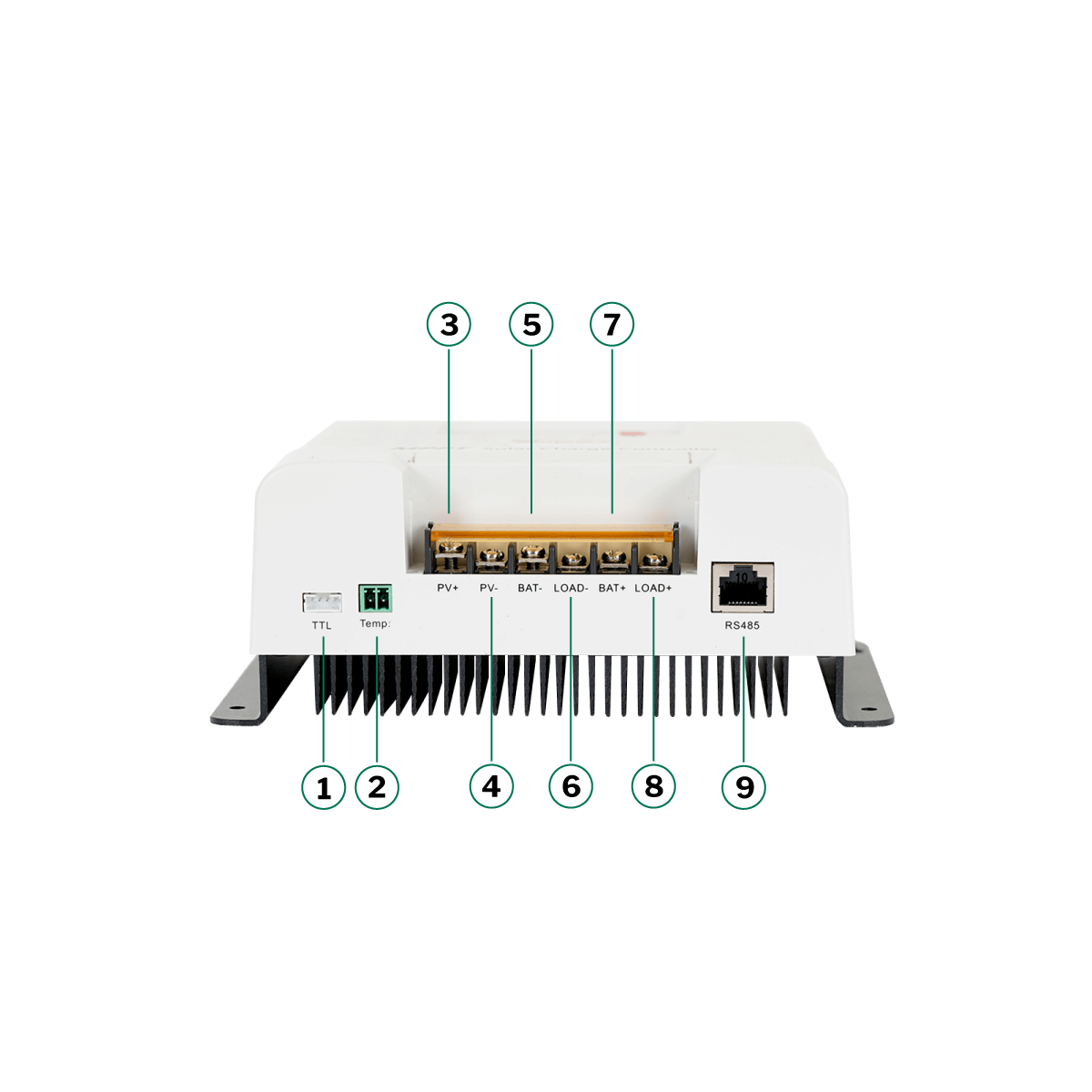













Reviews
There are no reviews yet.